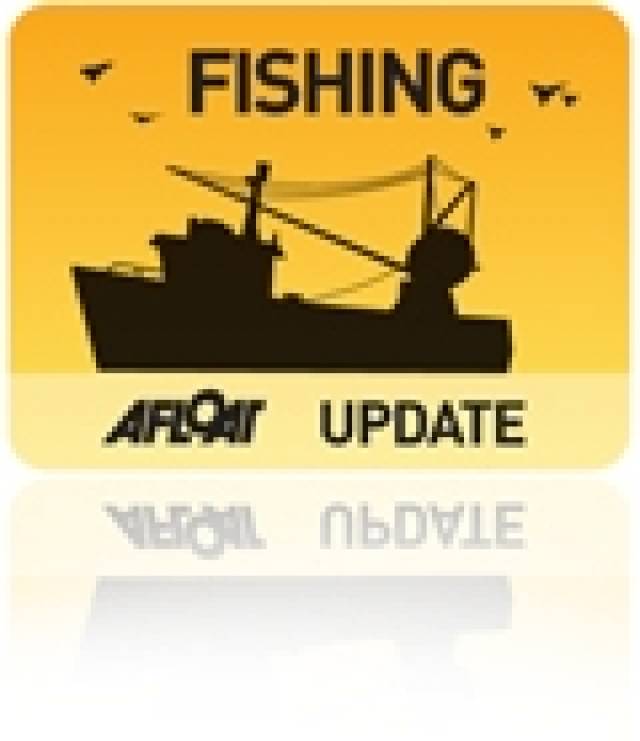#fishing – The EU Fisheries Council in Brussels is in its second day of intense negotiations on fish quotas for 2013. Following a full day of talks which concluded late last night, Minister Coveney said "We made some progress yesterday, particularly on the question of the management of Cod effort. However on the substantive issues of severe quota reductions for many of the key stocks of interest to Ireland, the Commission is maintaining their unjustifiable stance on these key stocks. As I stated yesterday, ahead of these talks, this is one of the most difficult Fisheries Councils in years. I do not in any way underestimate the considerable challenge posed here now".
The Minister will be seeking to deliver TAC (Total Allowable Catch) that respect scientific advice and are set on a rational basis. The Commission Proposal could result in a net reduction in quotas for the Irish whitefish and prawn fishing industry of 21% by volume. In financial terms, this would amount to a direct income reduction, for the primary producers, the fishermen, of €16.9 million and the full cost(direct and indirect) when the effects on fish factories and others are factored in are in the order of €53 million with estimated significant negative impacts for between 450 - 550 full and part time jobs. For some stocks such as the very important prawn stock, rather than the 12% cut proposed by the Commission Ireland considers that an increase is justified. However, it will be difficult to reverse the Commission proposal. Similarly Ireland does not agree the proposed 55% cut in the Haddock Quota in the Celtic Sea is justified and may lead to increased discarding of fish at sea. The proposed 32% cut in Hake, the 20% cut in Monkfish, the 48% cut in Haddock in the North West and the 40% cut in Megrim in the North West are also too severe and not justified.
Reflecting on yesterday's proceedings, the Minister outlined Ireland's priorities on prawns, haddock, hake, monkfish, boarfish and megrim, saying "I put forward what I believe is a strong case respecting the scientific information available on all the key stocks of interest to Ireland where we have a difference of view to the Commission". The current proposals on 2013 fishing opportunities for white fish would reduce income to the Irish seafood industry by €53 million, with resultant negative impacts on between 450-550 full and part time jobs.
Minister Coveney explained "It is my firm and consistent belief that the science should be respected when determining fishing opportunities. However, it is also my contention that the Commission's application of the scientific advice is inappropriate in many cases. I have outlined a more balanced, but sustainable approach, considering the interests of both the fish stocks and our fishermen, with a view to maintaining a sustainable and economically viable industry in 2013".
On the resumption of the negotiations, the Minister went on to say "I expect these talks to go on long into the night tonight, with frank and robust exchanges on both sides. The indications are that that the Commission is intent on maintaining its' rigid stand, making delivery of a better package for Ireland extremely difficult". The Minister added "I have had two meetings out here with a large delegation of Irish stakeholders for which I am very grateful. I have also had bilateral meetings with the Commission and the Cyprus Presidency in addition to meetings with a range of other key Member States. I will continue to press the Irish case at every opportunity throughout the Council to get the best possible outcome for Ireland".
On an associated topic, the Minister referred to Fisheries Committee of the European Parliament vote on the reform of the Common Fisheries Policy yesterday, saying "I welcome the vote on the reform of the CFP, it provides for positive momentum on the reform coming in to the Irish Presidency where we hope to bring this process to a conclusion by June 2013".
































































